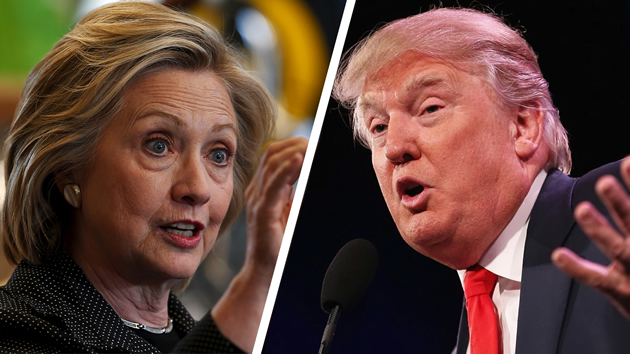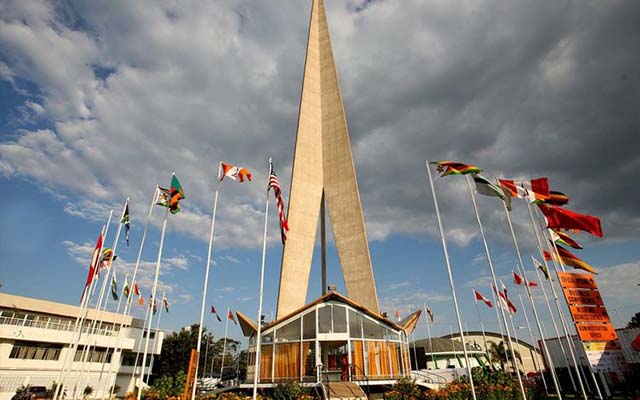Mixed bag over IMF projections
Enacy Mapakame: Business Reporter
ANALYSTS have expressed mixed feelings over the International Monetary Fund’s latest growth projections for Zimbabwe, with some disputing the data outright. In it’s latest world economic outlook, the IMF has projected negative Zimbabwe gross domestic product growth at -0,3 percent for 2016 and -2,5 percent for next year before recovering to 1,6 percent in 2021.According to the IMF, the data is based on IMF staff estimates of price and exchange rate developments in US dollars. The IMF admits that its projections may vary with official estimates on account of different exchange rates.
This means there is a chance their projections might be overstated or understated and may not necessarily be an exact reflection of Zimbabwe’s economic situation.
“IMF staff estimates of the US dollar values may differ from authorities’ estimates. Real GDP is in constant 2009 prices,” said the IMF.
Some economists who spoke to The Herald Business said the IMF projections especially for 2017 could be a bit unrealistic and exaggerated. The arguments are premised on the anticipated boom in agriculture driven by an expected favourable rainy season.
“For 2016, it is understood, the country is coming out of a drought which affected agriculture coupled with fluctuations in global commodity prices and other issues affecting production.
But 2017 should be better, it can’t be that bad,” said Jerome Negonde, an economist with a local institution.
Economist Dr Albert Makochekanwa said economic growth projections were estimates based on different variables. These, he said, could change.
“These are estimates and sometimes they can change. They (IMF) have their own models and assumptions they used. The Minister (Chinamasa) had his own, to me anything can happen,” he said.
According to principles of economics, GDP growth is measured on variables inclusive of consumption, investment, government expenditure and net exports.
In his Mid Year Fiscal Policy Review, Finance and Economic Development Minister Patrick Chinamasa revised downwards the 2016 growth forecasts from 2,7 percent to 1,2 percent.
This was driven by the effects of the El Nino induced drought on agriculture, fluctuations in global prices of minerals, liquidity challenges, depressed demand and low foreign direct investment.
The IMF further projects a slowdown in global growth to 3,1 percent, 0,1 percentage point down on weaker growth in big economies such as the UK and the United States of America.
On average, Sub Sahara is projected to grow by 1,4 percent this year and 2,9 percent in 2017 before further improving to 4,2 percent in 2021.
Apart from Zimbabwe, other regional economies sliding in negative territory this year include Africa’s biggest economy — Nigeria — at 1,7 percent, South Sudan at -13 percent, Equatorial Guinea at -9,9 percent, Chad at -1,1 and Burundi at -0,5.
In Zimbabwe such variables do not favour economic growth as imports exceed exports, low investment, subdued demand due to liquidity constraints revenue expenditure skewed towards wages and salaries at the expense of capital projects.
“The fundamentals are negative at the moment and we have a huge trade deficit, this can be a problem,” said economist Dr Gift Mugano.
He added while the country is upbeat on agriculture, more still needed to be done to attract foreign direct investment, increase production and boost exports.
“We may have normal to above normal rains this coming agriculture season, but are we prepared to utilise the good rains to boost the sector and the economy. At this point, the magnitude of the problem is what we can change because this does not happen overnight. We need a solution to the liquidity challenges and to increase investment into the country,” he said.










Comments